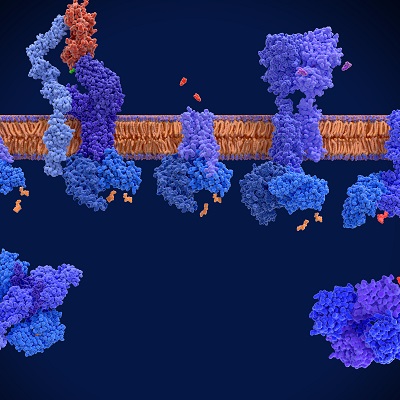November 15, 2022 -- A fentanyl vaccine has generated antibodies against the potent synthetic opioid in rats, pointing to a way to address opioid use disorder (OUD) in humans.
Increases in OUD and accidental opioid-related overdose deaths associated with illicit synthetic opioids have created a need for ways to manage the public health crisis. Vaccine immunotherapy is one of the areas being researched. By combining a fentanyl-like hapten, a type of small molecule, with an adjuvant, a vaccine could train the immune system to recognize and remove the synthetic opioid from the body.
A research team led by the University of Houston put the idea to the test in rats and published their data October 26 in the journal Pharmaceutics. Dr. Colin Haile, PhD, the lead author of the paper and research associate professor of psychology at Houston, outlined the findings in a November 14 statement.
"Our vaccine is able to generate anti-fentanyl antibodies that bind to the consumed fentanyl and prevent it from entering the brain, allowing it to be eliminated out of the body via the kidneys. Thus, the individual will not feel the euphoric effects and can 'get back on the wagon' to sobriety," Haile said.
Using funding from the Department of Defense, Haile and his collaborators evaluated the vaccine in 60 rats. Immunized male and female rats produced significant levels of anti-fentanyl antibodies. The antibodies were "highly effective" at neutralizing antinociception -- the blocking of the detection of a painful or injurious stimulus -- induced by fentanyl in tail flick and hot plate assays.
The vaccine also decreased levels of fentanyl in the brain after drug administration and blocked certain effects of the synthetic opioid without preventing morphine-induced changes. Cross-reactivity assays found the antibodies bound to fentanyl and sufentanil but not to morphine, methadone, buprenorphine, or oxycodone. The cross-reactivity finding suggests the fentanyl vaccine could be used in conjunction with methadone or buprenorphine maintenance therapy for OUD.
To enhance the immune response, the researchers included an adjuvant derived from Escherichia coli, named dmLT. With the preclinical study suggesting the vaccine is safe, the team is preparing to start manufacturing clinical-grade vaccines in the coming months in anticipation of the start of clinical trials in humans.
The researchers "expect minimal side effects" in the human studies because the two components of the formulation "are already in other vaccines on the market or have been tested in multiple human clinical trials and shown to be safe and effective."
Copyright © 2022 scienceboard.net










